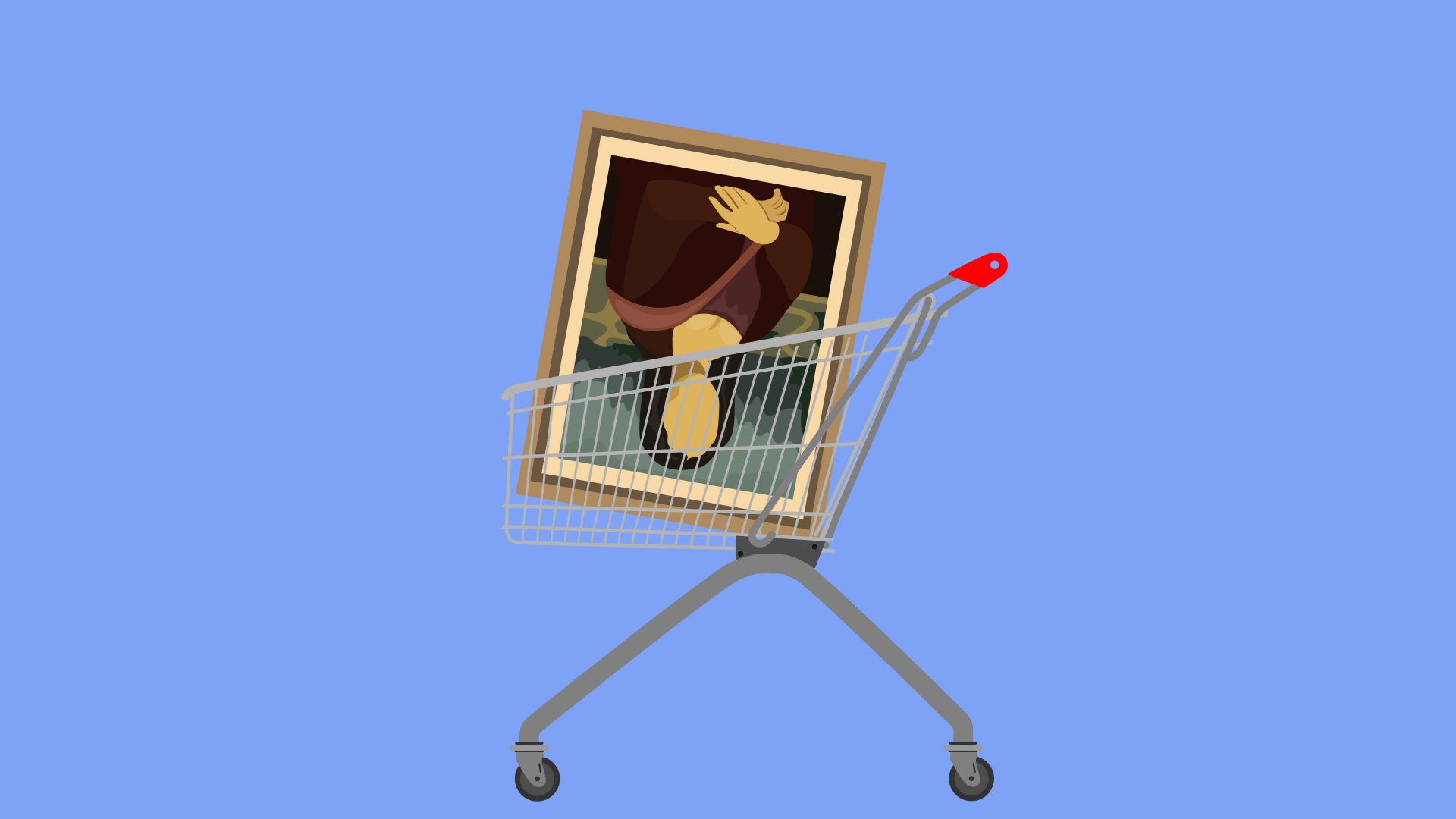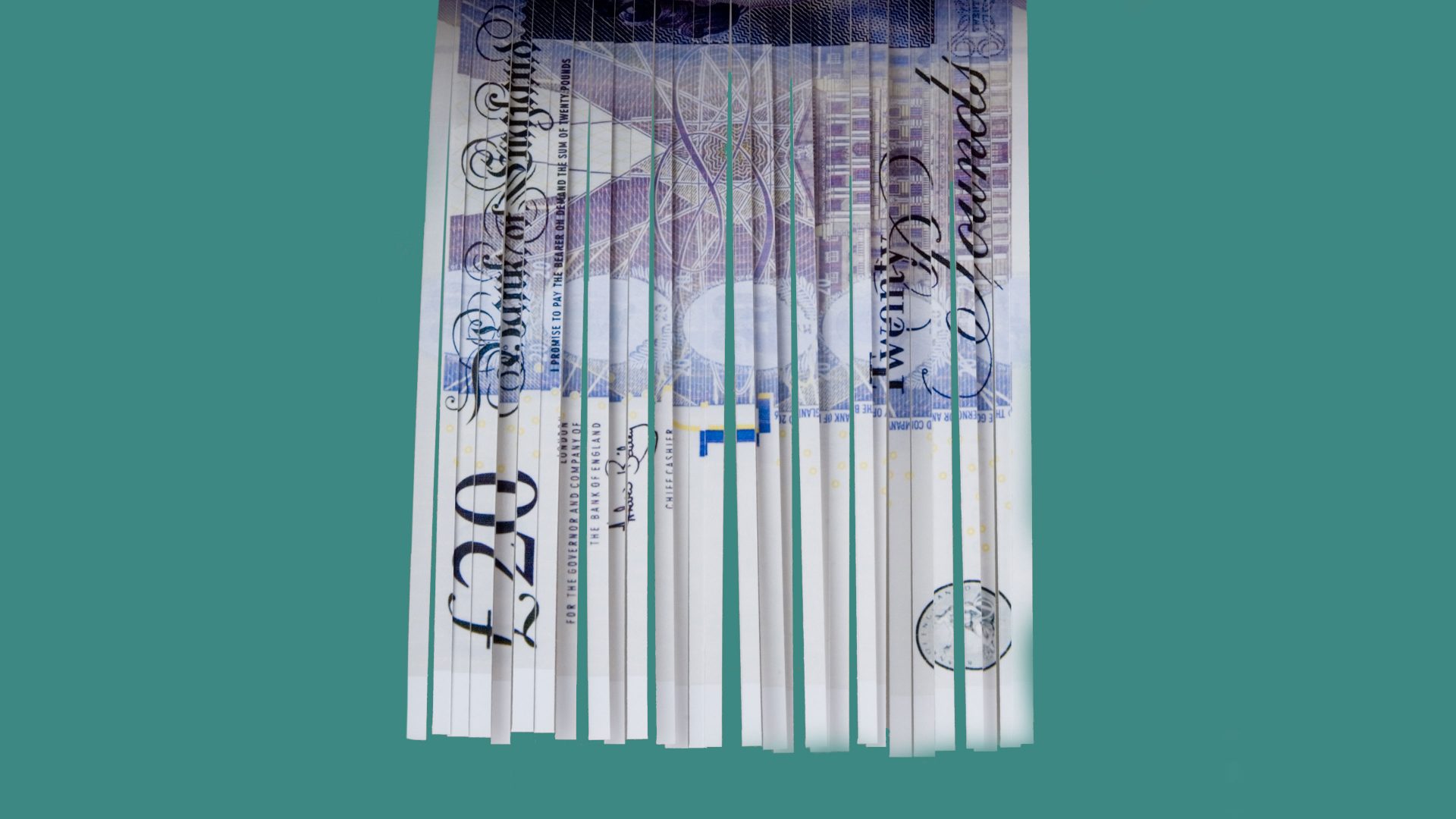A man disguised as an old woman in a wheelchair recently smeared cream cake over the glass protecting the Mona Lisa. As he was led away, he told bystanders this was a reaction to people destroying the planet. He is having a psychiatric assessment.
The painting wasn’t damaged. Very different, then, from the attack on the Leonardo da Vinci Burlington House Cartoon in London’s National Gallery in 1987, when Robert Arthur Cambridge fired at the masterpiece from close range using a sawn-off shotgun. That caused extensive damage from shards of shattered glass and it took years to repair. Cambridge had a political motive, too – to express his disgust at the political, social, and economic conditions in Thatcher’s Britain. He was later treated in Broadmoor psychiatric hospital.
Last month’s attack was symbolic. There is no evidence that the perpetrator believed he would damage the painting or that he intended anything more than a publicity stunt. The 1987 London attack, in contrast, was deliberately destructive, and the fragile cartoon, though repaired, won’t be the same again.
Leonardo’s art has been a target for protesters many times. In 1962 a German artist had already attempted to deface the London cartoon by throwing a bottle of ink at it, but that bounced off the protective glass. In 2009 a Russian woman threw a mug at the Mona Lisa, apparently because she had been denied French nationality. Again, the glass did its work.
But in 1911, Vincenzo Peruggia disguised himself as a workman and managed to steal the painting, taking it back to Florence where he hid it in a trunk. It was only returned to the Louvre after he had tried to sell it. His motivation for the abduction seems to have been patriotic: he believed (falsely) that Napoleon had stolen the painting, and that he was doing his duty by returning it to Italy. The recent caking of the Mona Lisa is innocuous compared with these acts, all of which posed real threats to irreplaceable works of art.
Leonardo is such an exceptional figure in the history of art, technology and science that it seems reasonable to say his surviving works belong to our world heritage. Their damage or destruction affects us all.
A destroyed Leonardo would be a significant loss to humanity. But if we are shocked and dismayed that some people are prepared to attack such important cultural objects, shouldn’t we be concerned, too, that some individuals have works by Leonardo in their private possession? If these works are so valuable to us, shouldn’t they be in public ownership for their own protection?
Bill Gates owns the Codex Leicester, a Leonardo notebook that he bought for over $30m in 1994. Within its pages, Leonardo explores scientific topics, including the luminosity of the moon, how water flows and how fossils of sea creatures came to be found on dry land.
Gates puts this on display once a year in a different city around the world each time. But he needn’t do so. He could stop this on a whim.
More disturbing, however, is the fate of Salvator Mundi, a painting only recently acknowledged to be largely by Leonardo and about which experts still disagree. This was sold for over $45m to Prince Badr bin Abdullah, who may have been a proxy for the Saudi Arabian Prince Mohammed bin Salman. The painting has now disappeared. It may be on Salman’s yacht, in a Swiss bank vault, or elsewhere.
On a libertarian view, any legitimate buying and selling of exceptional works of art like this is fine. That’s just how markets work. Many countries have laws preventing cultural objects being exported, anyway.
Legitimate ownership, on this account, gives the owners a right to do more or less anything they want to with their possessions, including smearing them with cream cake if they so desire.
In opposition to this way of thinking, the philosopher Michael Sandel has argued that there should be moral limits to markets, and that there are some things that should never be sold – your own kidney for instance. Is it similarly morally wrong to sell (or buy) a Leonardo? Perhaps.
If there is almost universal agreement that an artist is truly great, like Leonardo, there’s a prima facie case for protecting their works from the arbitrary whims of their owners, or indeed preventing them from being privately owned.
The best way to protect culturally important objects is to put them in public ownership in museums. Property rights shouldn’t trump the interests of humanity.



